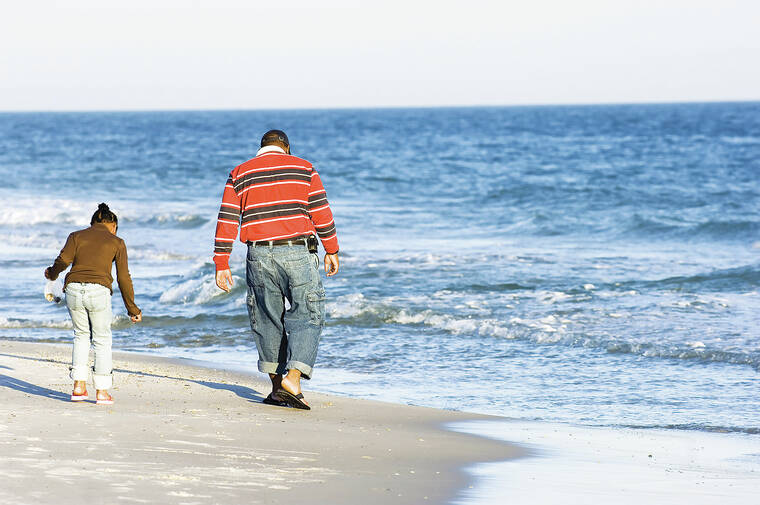Dads drive growth in California’s paid family leave program
In a sign of growing domestic equality, more new dads are claiming paid family leave to bond with their babies and support their partners during the first weeks of parenthood. In California, which has one of the nation’s oldest programs, men filed 44% of bonding claims last year, up from 31% a decade prior, according to state statistics. About 119,300 California men took paid family leave for bonding in the state’s fiscal year that ended at the end of June, up by 19%, or nearly 20,000, from 2020, according to California’s Employment Development Department. The number of women taking state leave for bonding has held relatively steady at roughly 150,000 since 2019.
Not only are a new generation of fathers more likely to embrace taking time off to build a connection with their children, but more employers have normalized leaves for their male workers. Those attitudes, experts said, were strengthened during the pandemic, when many men worked from home as their children learned remotely or played nearby.
ADVERTISING
“If you have a male co-worker who takes paternity leave, you’re more likely to take paternity leave,” said Maya Rossin-Slater, associate professor of health policy at Stanford University.
Moreover, research shows that when fathers take leave, mothers tend to have better health outcomes, with fewer hospitalizations for health complications and better mental health results, Rossin-Slater said. The effects on children, however, have yet to be adequately studied, she said.
Kevin Zapata, a 41-year-old Los Angeles-area marketing professional, became one of those fathers who took paid leave to bond with his baby when his daughter was born earlier this year. He said family leave gave him the time to adjust to life with a new child while helping his wife recover from giving birth.
“Men are starting to realize that it makes a difference to be there,” Zapata said. “It doesn’t hurt to be the one changing diapers, to be the one feeding the baby, to be the one helping mom out.”
California generally provides up to eight weeks of paid family leave. New parents can receive 60% to 70% of their pay, depending on income. The average benefit in fiscal year 2022 was $806 a week. People giving birth can also receive up to 12 weeks of paid disability leave. The application form for paid leave asks new parents to select their gender.
Outside California, residents of most states have access by law only to 12 weeks of unpaid, job-protected leave. At least a dozen other states have approved paid family leave programs.
In at least some of those states, the number of men taking family leave is exploding. In New York, the number nearly doubled from 2018 to 2022. In New Jersey, it more than tripled from 2014 to 2021.
In 2005, during the early days of paid family leave in California, 83% of claims were filed by women and 17% by men. Since then, most of the growth in claims for leave has occurred among new fathers.
California’s data does not capture everyone who takes paid time off to care for a child. A growing number of employers now offer paid leave to workers as a benefit, outside the state’s program. That means a worker who receives a company’s paid leave benefit would not be eligible for the state program.
Some of the state’s wealthiest counties, including Marin, Orange, and San Diego, include or are near several large employers with generous paid family leave programs and have relatively low rates of men taking part in the state’s paid leave program.





